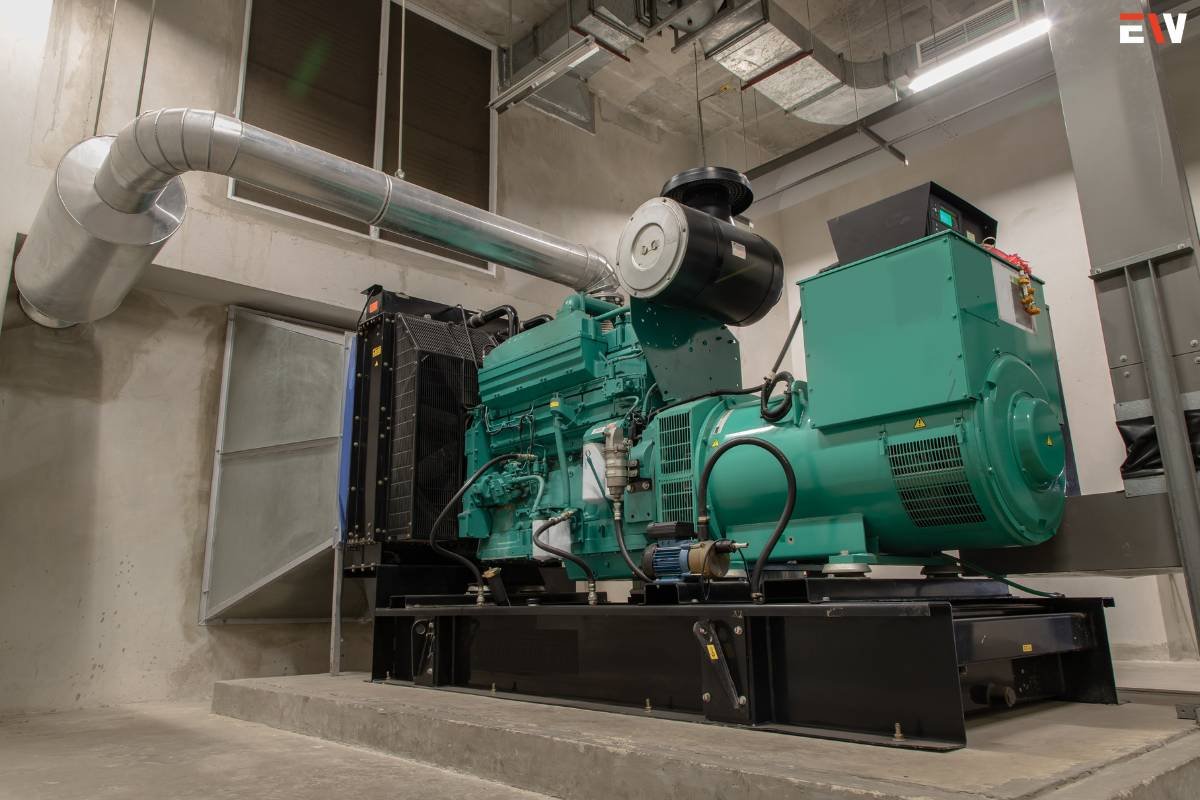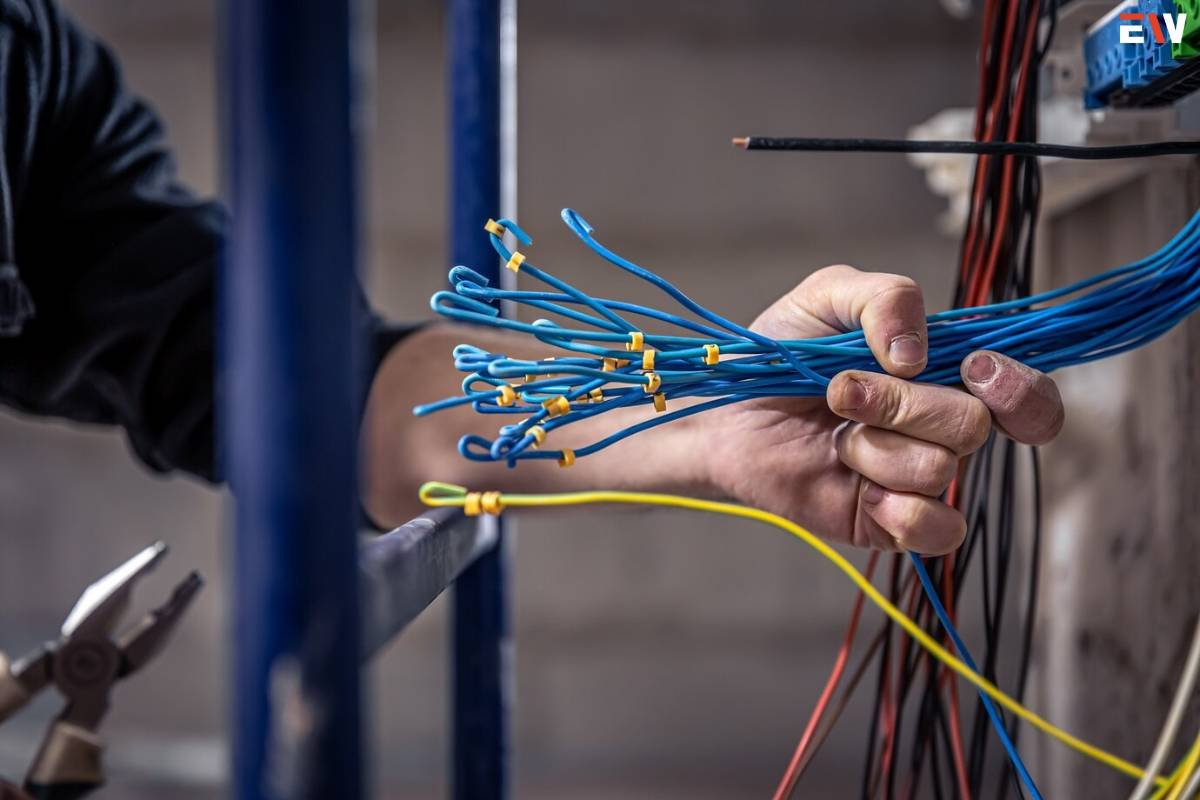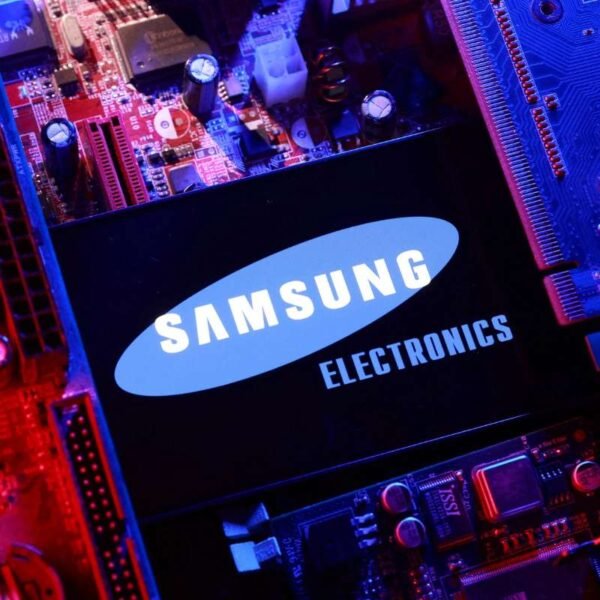In the world of precision manufacturing, the quest for perfection never ceases. As industries demand ever more intricate and precise components, cutting-edge technologies step up to meet the challenge. One such technology that has revolutionized manufacturing is Electro Discharge Machining (EDM). Let’s delve into the captivating world of EDM, unraveling its principles, applications, and how it shapes the future of precision engineering.
1. Demystifying Electro Discharge Machining
Electro Discharge Machining, often abbreviated as EDM, is a non-traditional manufacturing process that relies on electrical discharges to shape and form materials. Unlike conventional machining methods that employ cutting tools, EDM uses a series of controlled electrical discharges to erode material from a workpiece.
Key Components of Electro Discharge Machining:
- Workpiece: The material being machined, which can range from metals to ceramics and conductive alloys.
- Tool Electrode: Often made of graphite or copper, the tool electrode is used to create the desired shape on the workpiece.
- Dielectric Fluid: A non-conductive fluid, typically deionized water, that acts as a medium for electrical discharges and flushes away eroded material.
- Power Supply: The power supply generates the electrical discharges, controlling their intensity and duration.
2. How EDM Works
EDM operates on a simple yet remarkable principle: the controlled erosion of material through electrical discharges. Here’s how the process unfolds:

- Setup: The workpiece and tool electrode are immersed in the dielectric fluid. The two are carefully positioned with a small gap between them.
- Electrical Discharge: A series of short electrical pulses, typically in the range of microseconds, are discharged between the tool electrode and the workpiece.
- Erosion: These electrical discharges create intense heat that melts and vaporizes a tiny portion of the workpiece, removing material from the surface.
- Dielectric Flushing: The dielectric fluid serves a dual purpose, cooling the workpiece and flushing away the eroded material, ensuring a clean machining process.
- Repeat Process: The entire process is repeated thousands or even millions of times, gradually shaping the workpiece to the desired form.
3. Types of Electro Discharge Machining
EDM offers several variants, each tailored to specific applications and materials. The primary types include:

- Wire EDM: Also known as Wire-Cut EDM, this method uses a thin wire electrode to cut through the workpiece. It’s ideal for intricate shapes and tight tolerances.
- Sinker EDM: In Sinker EDM, a machined tool electrode creates a cavity in the workpiece. It’s commonly used for mold and die production.
- Hole Drilling EDM: This type is designed for producing highly accurate holes in hard materials. It’s essential in industries like aerospace and medical device manufacturing.
- Small Hole EDM: Similar to Hole Drilling EDM, this process creates small, deep holes, often for cooling and fluid passages in turbine components.
4. Applications of Electro Discharge Machining
EDM has found its way into numerous industries and applications due to its precision and versatility:
- Aerospace: EDM is used to manufacture intricate components like turbine blades, fuel nozzles, and airfoils.
- Medical Devices: The medical field relies on EDM for producing surgical instruments, dental tools, and implant components.
- Automotive: EDM plays a pivotal role in crafting fuel injection components, gears, and transmission parts.
- Electronics: EDM is crucial for manufacturing microelectronic components and fine-pitch connectors.
- Tool and Die Making: EDM is the go-to method for producing complex molds and dies for plastic injection and metal stamping.
5. Advantages of Electro Discharge Machining
The adoption of EDM comes with a myriad of advantages that make it indispensable for precision manufacturing:
- Precision: EDM can achieve intricate, micron-level details and tight tolerances that conventional machining processes struggle to match.
- Material Versatility: It can be used on a wide range of materials, including those that are hard, brittle, or difficult to machine with conventional methods.
- No Contact Cutting: Since there is no direct contact between the tool and the workpiece, there’s minimal risk of tool wear or deformation.
- Complex Geometry: EDM excels in machining complex and three-dimensional shapes.
- Minimal Heat-Affected Zone: The controlled erosion process generates minimal heat, making it suitable for materials that can’t withstand high temperatures.
6. Challenges and Considerations in EDM
While EDM offers substantial advantages, it’s not without its challenges:

- Slow Material Removal: EDM is a slower process compared to conventional machining methods, making it less suitable for high-volume production.
- Tool Wear: Despite minimal wear, tool electrodes in EDM do wear out over time and need periodic replacement.
- Cost: EDM can be costlier than traditional machining, especially for simple or high-volume parts.
- Post-Machining Processes: Some components may require additional finishing processes to achieve the desired surface finish.
7. The Future of Electro Discharge Machining
As technology continues to advance, so does EDM. Here are some trends that are shaping the future of EDM:
- Automation: The integration of automation, robotics, and CNC technology is streamlining the EDM process.
- 3D Printing and EDM Hybridization: Combining 3D printing with EDM allows for rapid prototyping and complex part production.
- Nanotechnology Applications: EDM is venturing into the world of nanotechnology, enabling the manufacturing of minuscule components.
- Environmental Sustainability: Efforts are being made to reduce the environmental impact of EDM through eco-friendly dielectric fluids and waste management.
Conclusion
Electro Discharge Machining is the unsung hero in precision manufacturing, enabling the creation of intricate and challenging components across a multitude of industries. Whether it’s crafting aerospace components, medical devices, or intricate molds, EDM excels in delivering unparalleled precision. As technology continues to advance, EDM will only become more versatile and sustainable, opening up new possibilities in manufacturing and reshaping the future of precision engineering. It’s a testament to human innovation and our unceasing quest for perfection in the world of manufacturing.










